Intro
Discover 5 effective ways to get rid of ringworm, a fungal infection causing itchy, circular rashes. Learn ringworm treatment, symptoms, and prevention methods to combat this contagious disease and promote healthy skin.
Ringworm is a common fungal infection that affects millions of people worldwide. Despite its name, ringworm is not caused by a worm, but rather by a type of fungus that infects the skin. The infection is characterized by a ring-shaped rash that can be itchy, red, and inflamed. In this article, we will explore the different ways to get ringworm, its symptoms, and treatment options.
Ringworm is highly contagious and can be spread through direct contact with an infected person or animal. It can also be spread through indirect contact with contaminated objects, such as towels, clothing, and bedding. The infection can affect anyone, regardless of age, sex, or health status. However, some people are more susceptible to ringworm infections, such as athletes, people who share personal items, and those with weakened immune systems.
The symptoms of ringworm can vary depending on the location and severity of the infection. Common symptoms include a ring-shaped rash, itching, redness, and inflammation. In some cases, the infection can cause hair loss, blistering, and scarring. If left untreated, ringworm can lead to more serious complications, such as skin infections, cellulitis, and kerion. It is essential to seek medical attention if you suspect you have ringworm, as early treatment can help prevent the spread of the infection and reduce the risk of complications.
What is Ringworm?
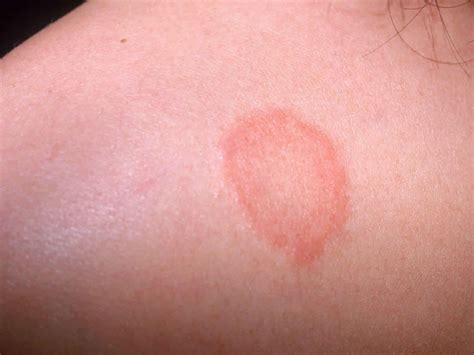
Causes of Ringworm
Ringworm is caused by a type of fungus that infects the skin. The fungus can be spread through direct contact with an infected person or animal, or through indirect contact with contaminated objects. The infection can also be caused by sharing personal items, such as towels, clothing, and bedding. Other factors that can increase the risk of ringworm include poor hygiene, excessive sweating, and weakened immune systems.How to Get Ringworm
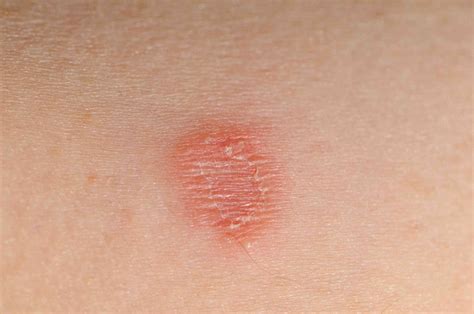
Symptoms of Ringworm
The symptoms of ringworm can vary depending on the location and severity of the infection. Common symptoms include: * A ring-shaped rash that can be itchy, red, and inflamed * Hair loss, blistering, and scarring * Redness, swelling, and inflammation around the affected area * Itching, burning, and stinging sensations * Discharge or crusting around the affected areaTreatment Options for Ringworm
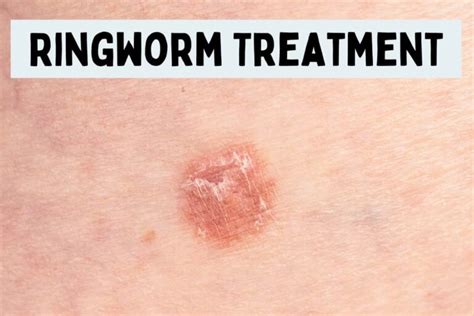
Prevention of Ringworm
Preventing ringworm is essential to reducing the risk of infection. Some ways to prevent ringworm include: * Practicing good hygiene, such as washing hands regularly and showering after exercise * Avoiding sharing personal items, such as towels, clothing, and bedding * Wearing loose, breathable clothing to reduce sweating * Avoiding contact with infected animals, such as dogs and cats * Keeping the skin clean and dry, especially in areas prone to sweatingRisk Factors for Ringworm

Complications of Ringworm
If left untreated, ringworm can lead to more serious complications, such as: * Skin infections, such as cellulitis and kerion * Hair loss, blistering, and scarring * Disseminated infections, such as fungal meningitis and sepsis * Allergic reactions, such as anaphylaxis and angioedemaDiagnosis of Ringworm
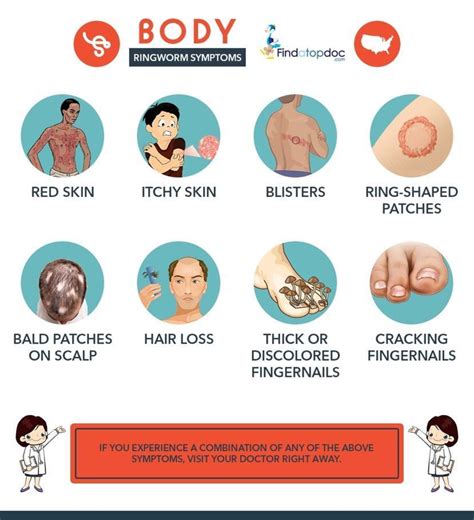
Treatment Duration for Ringworm
The treatment duration for ringworm can vary depending on the severity of the infection and the type of treatment used. Topical creams and ointments may need to be applied for several weeks, while oral medications may need to be taken for several months. It is essential to complete the full treatment course, even if symptoms improve, to ensure that the infection is fully cleared.Home Remedies for Ringworm
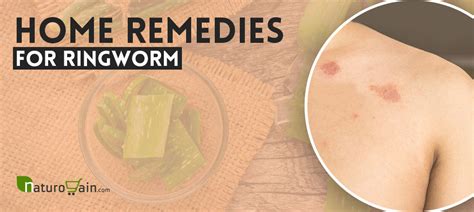
When to Seek Medical Attention
It is essential to seek medical attention if you suspect you have ringworm, especially if you experience: * Severe symptoms, such as pain, swelling, and discharge * Difficulty moving or using the affected area * Fever, chills, or other systemic symptoms * Weakened immune systems, such as in people with HIV/AIDS or cancerWhat is the main cause of ringworm?
+Ringworm is caused by a type of fungus called dermatophytes, which feed on keratin, a protein found in skin, hair, and nails.
How is ringworm spread?
+Ringworm can be spread through direct contact with an infected person or animal, or through indirect contact with contaminated objects, such as towels, clothing, and bedding.
What are the symptoms of ringworm?
+The symptoms of ringworm include a ring-shaped rash, itching, redness, and inflammation. In some cases, the infection can cause hair loss, blistering, and scarring.
How is ringworm treated?
+Ringworm can be treated with topical creams and ointments, oral medications, antifungal shampoos and soaps, and home remedies, such as tea tree oil and coconut oil.
Can ringworm be prevented?
+Yes, ringworm can be prevented by practicing good hygiene, avoiding sharing personal items, wearing loose, breathable clothing, and avoiding contact with infected animals.
In final thoughts, ringworm is a common fungal infection that can be treated with topical creams and ointments, oral medications, and home remedies. It is essential to practice good hygiene, avoid sharing personal items, and wear loose, breathable clothing to reduce the risk of infection. If you suspect you have ringworm, seek medical attention to prevent the spread of the infection and reduce the risk of complications. We invite you to share your thoughts and experiences with ringworm in the comments below, and don't forget to share this article with your friends and family to help raise awareness about this common infection.
